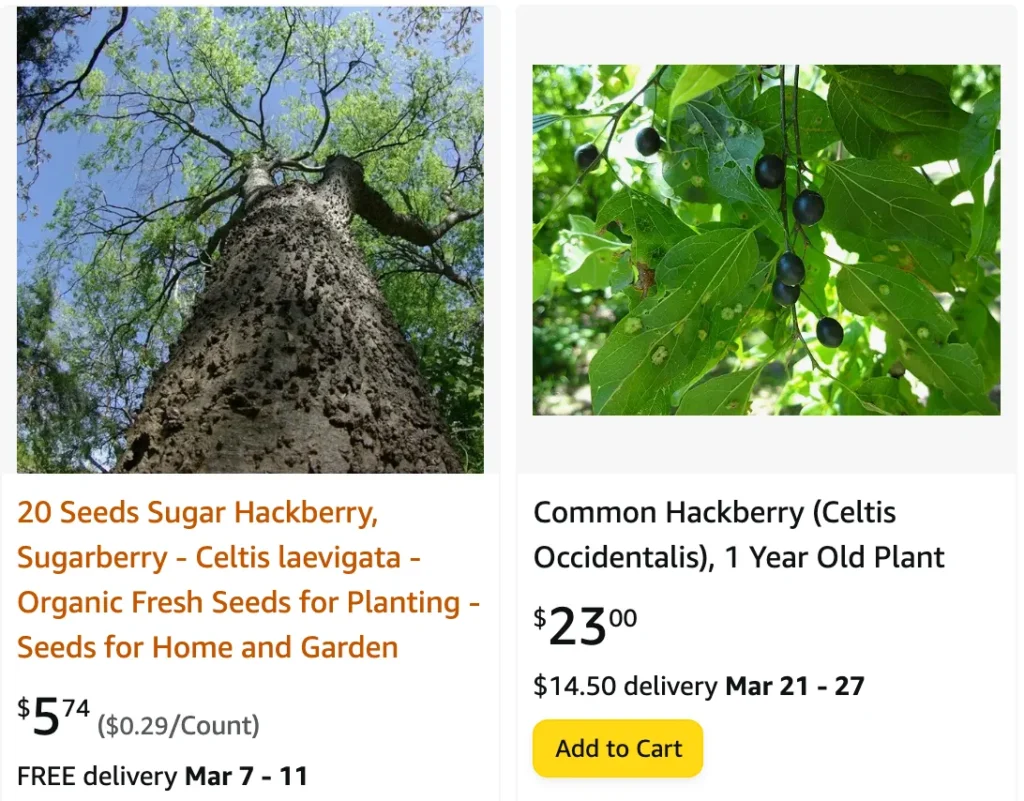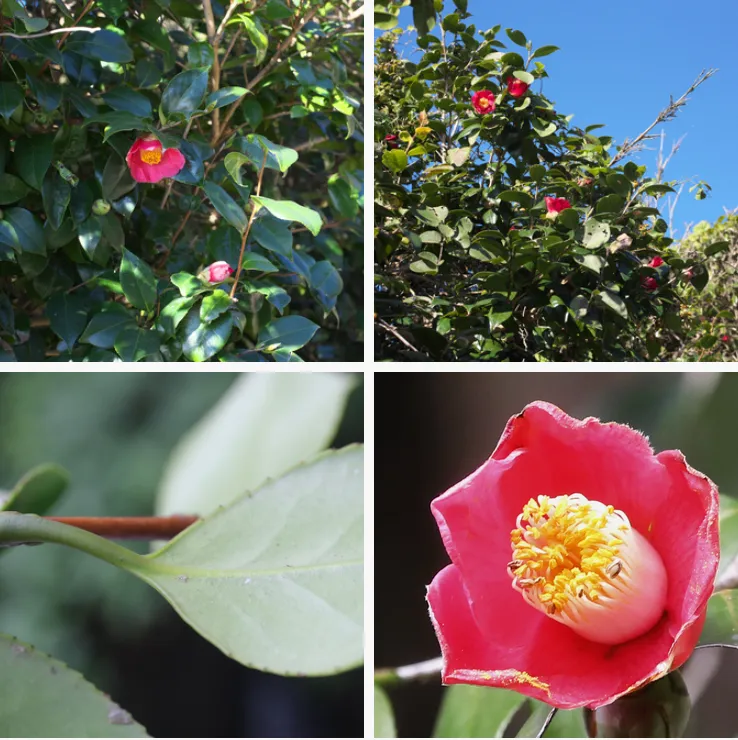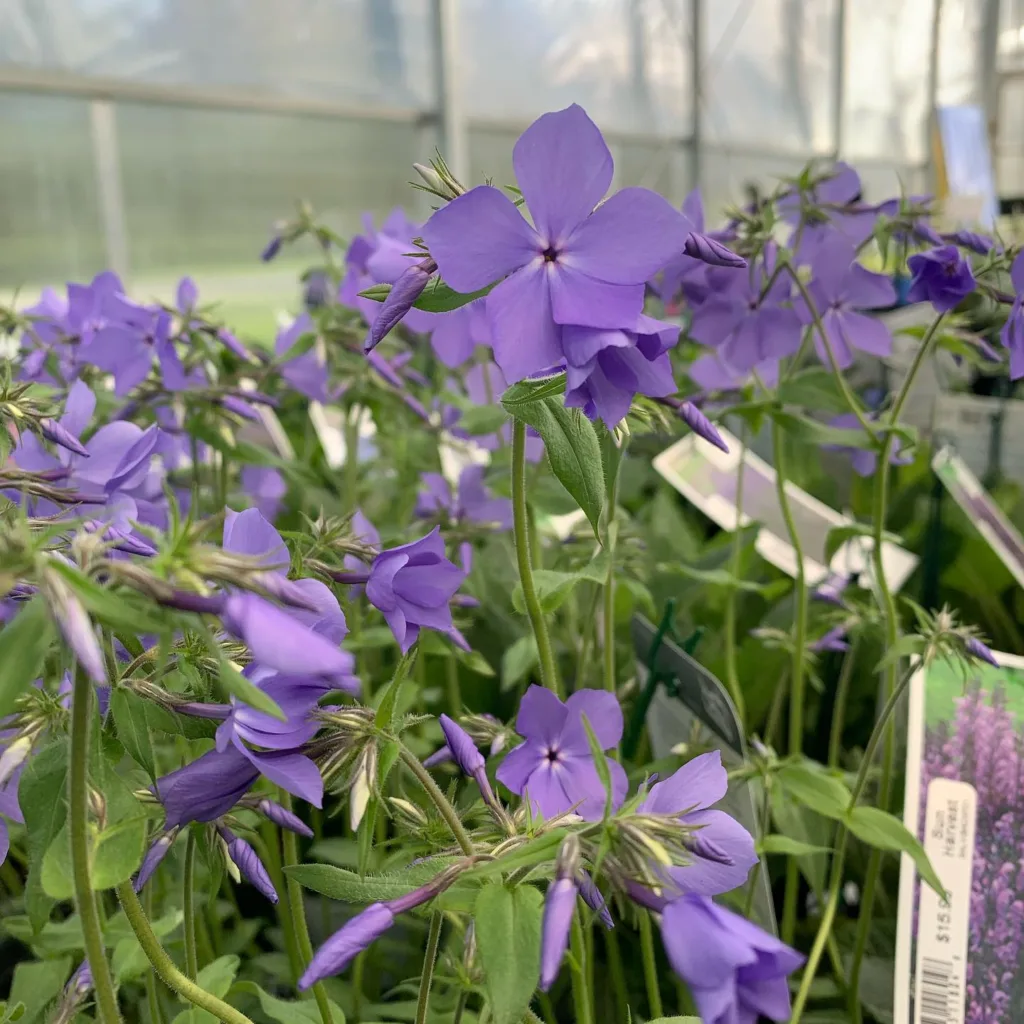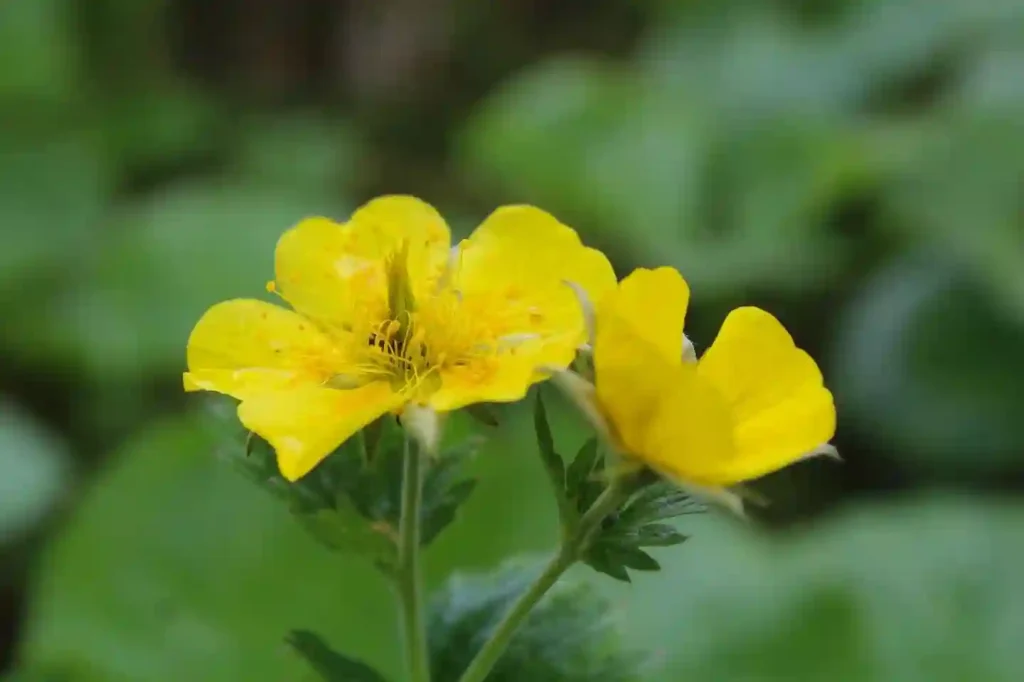
The Allure of the Common Hackberry: A Look at Celtis Occidentalis
For the past few years, I’ve been on a mission to transform my backyard into a haven for native plants. They not only require less maintenance but also support the local ecosystem. One such beauty that recently caught my eye is the Celtis occidentalis, also known as the common hackberry.
This majestic tree has quickly become a favorite, and I’m eager to share its wonders with you. From its unique characteristics to its surprisingly easy care, the common hackberry has a lot to offer.
68 Species in Genus Celtis
What is Celtis occidentalis?
The Celtis occidentalis, also known as the nettletree, sugarberry, beaverwood, northern hackberry, and of course, the common hackberry, is a large deciduous tree native to North America. It’s a versatile species, thriving in various climates and soil types.
Standing tall at 30 to 50 feet on average, with some exceptional specimens reaching 130 feet in ideal conditions, the common hackberry boasts a slender trunk and a graceful, ovoid crown that matures into a cylindrical shape. Its rough, bark adds a touch of rustic charm to the landscape.
In spring, the tree comes alive with inconspicuous greenish-yellow flowers. These eventually give way to a delightful spectacle in fall – a profusion of small, red to purple berries. These berries not only add a pop of color but also provide a valuable food source for birds and small mammals, making the common hackberry a haven for wildlife.
Celtis Occidentalis vs Celtis Laevigata
From my experience, Celtis Occidentalis (commonly known as the Western Hackberry) has a sturdier, more rugged appearance compared to Celtis Laevigata (the Sugarberry), which is a bit more graceful and slender. I’ve found that the Occidentalis stands up better to harsh conditions, making it a solid choice for tough spots in the garden, whereas the Laevigata seems to thrive in a more sheltered environment, showing off its glossy leaves more prominently.
Celtis Occidentalis vs Celtis Sinensis
When comparing Celtis Occidentalis to Celtis Sinensis (the Chinese Hackberry), I’ve noticed that the Sinensis grows more rapidly and has a denser canopy, which can be great for quick coverage but can also overshadow smaller plants beneath it. In contrast, the Occidentalis has a more open and airy growth habit, which I appreciate for its more balanced integration into a mixed planting scheme, giving each plant room to breathe.
How to Pronounce Celtis occidentalis?
Let’s face it, pronouncing the scientific name can be a bit of a tongue twister. But fear not! Here’s a breakdown to help you master it:
- Celtis (pronounced SEL-tis) is the genus name.
- occidentalis (pronounced oh-si-den-TAL-is) refers to the western origin of the species.
So, the next time you come across this magnificent tree, you can confidently say “Celtis occidentalis” with ease.
Will Celtis occidentalis Grow in the Shade?
The common hackberry is a surprisingly adaptable tree when it comes to light conditions. While it thrives in full sun, it can also tolerate partial shade. This makes it a great option for filling in those tricky spots in your yard that don’t get direct sunlight all day long.
However, it’s important to note that full sun will encourage better growth and a denser canopy. So, if you have the space, opting for a location with more sunlight will allow your common hackberry to truly flourish.
How to Care for Celtis occidentalis?
The good news is that the common hackberry is a low-maintenance tree. Here’s what you need to know:
- Planting: Choose a well-draining location and dig a hole slightly larger than the root ball. Plant the tree at the same depth it was growing in the container. Water deeply after planting and regularly during the first year to establish a strong root system.
- Watering: Once established, common hackberry is quite drought-tolerant. However, during prolonged dry periods, supplemental watering is beneficial, especially for younger trees.
- Soil: This adaptable tree tolerates a wide range of soil types, from sandy loam to clay. However, it prefers well-draining soil with a slightly acidic to slightly alkaline pH.
- Pruning: Pruning is generally not required, but light pruning can be done in late winter or early spring to remove any dead, diseased, or crossing branches.
What to Plant with Celtis occidentalis?
The common hackberry’s adaptability extends to its companion plants. Here are a few ideas to create a harmonious landscape:
- Native wildflowers: Underplanting your common hackberry with native wildflowers like black-eyed susans or coneflowers creates a beautiful and ecologically beneficial space.
- Shrubs: Low-growing shrubs like viburnums or serviceberries can add color and texture to the understory.
- Other trees: For a more layered effect, consider planting taller trees like oaks or maples at a distance.
Additional Considerations
While the common hackberry is generally pest and disease resistant, it can be susceptible to a couple of issues:
- Hackberry leaf disease: This fungal disease can cause unsightly leaf spots. Fortunately, it rarely causes serious damage.
- Tent caterpillars: These caterpillars can occasionally defoliate the tree. However, they are usually short-lived outbreaks, and the tree readily recovers.
By incorporating the common hackberry (Celtis occidentalis) into your landscape, you’re not just adding a beautiful and adaptable tree, but also creating a haven for wildlife and contributing to a healthy ecosystem. With its easy care and undeniable charm, this native wonder is definitely worth considering for your backyard oasis.
If i die, water my plants!



